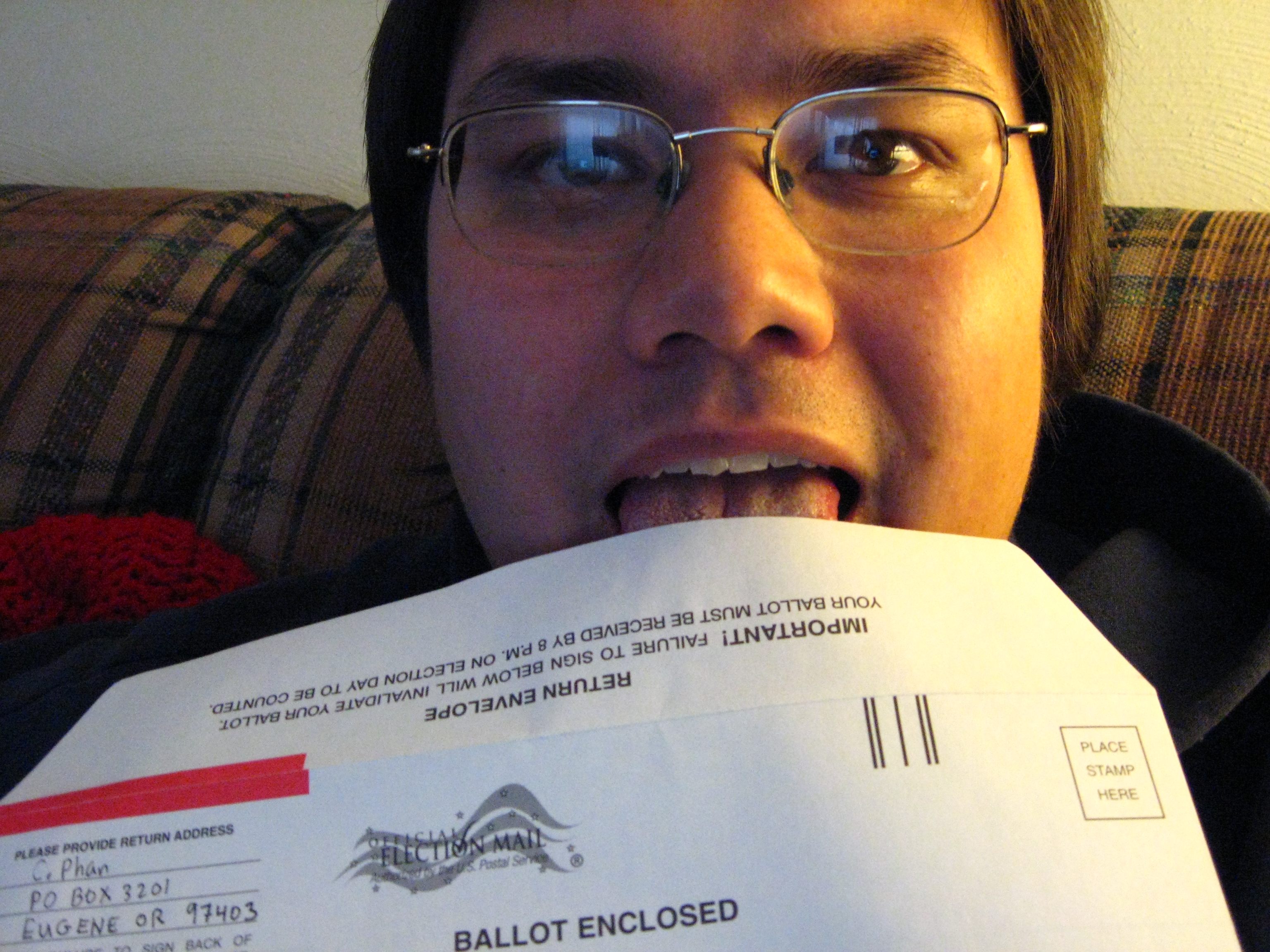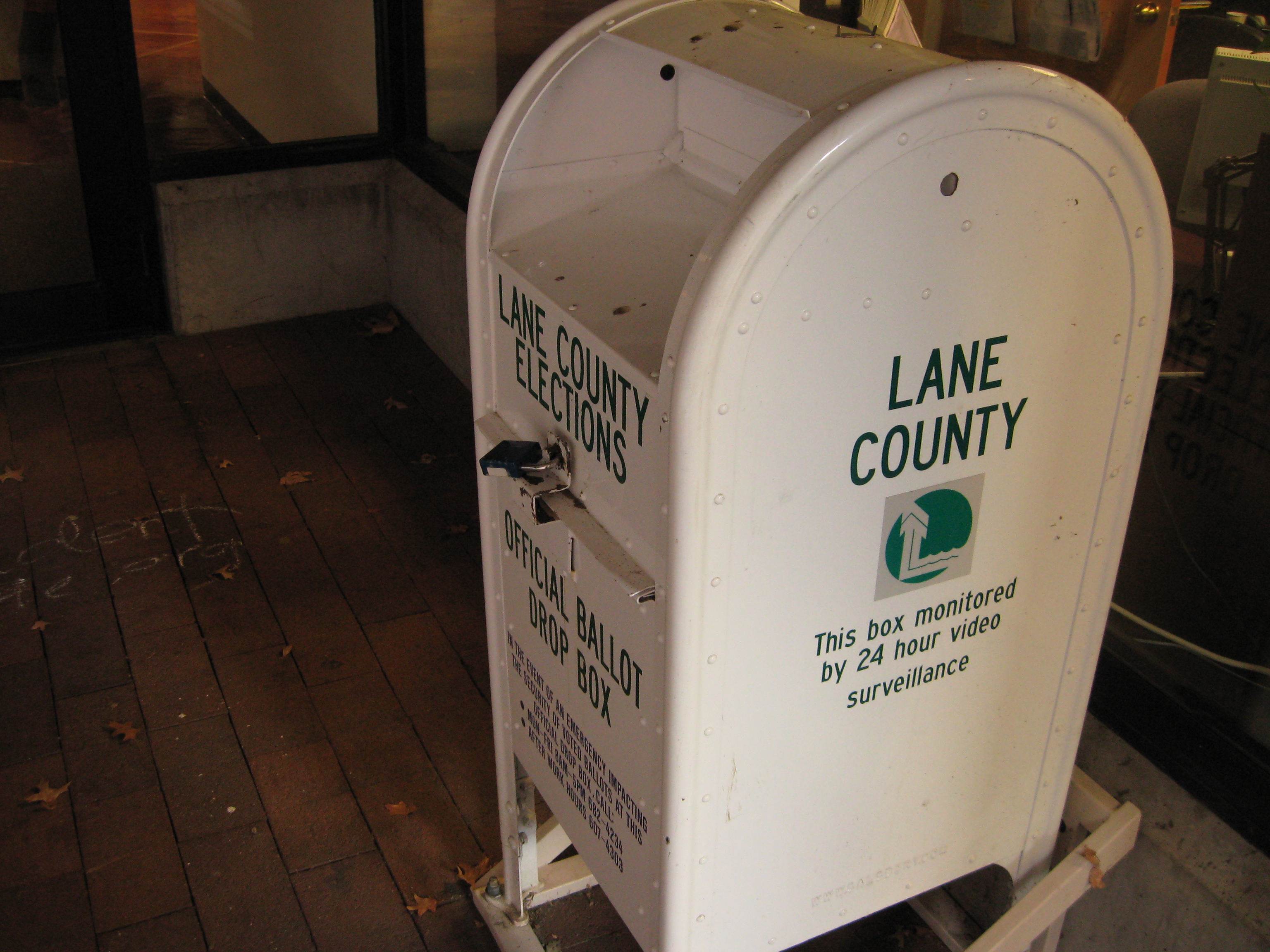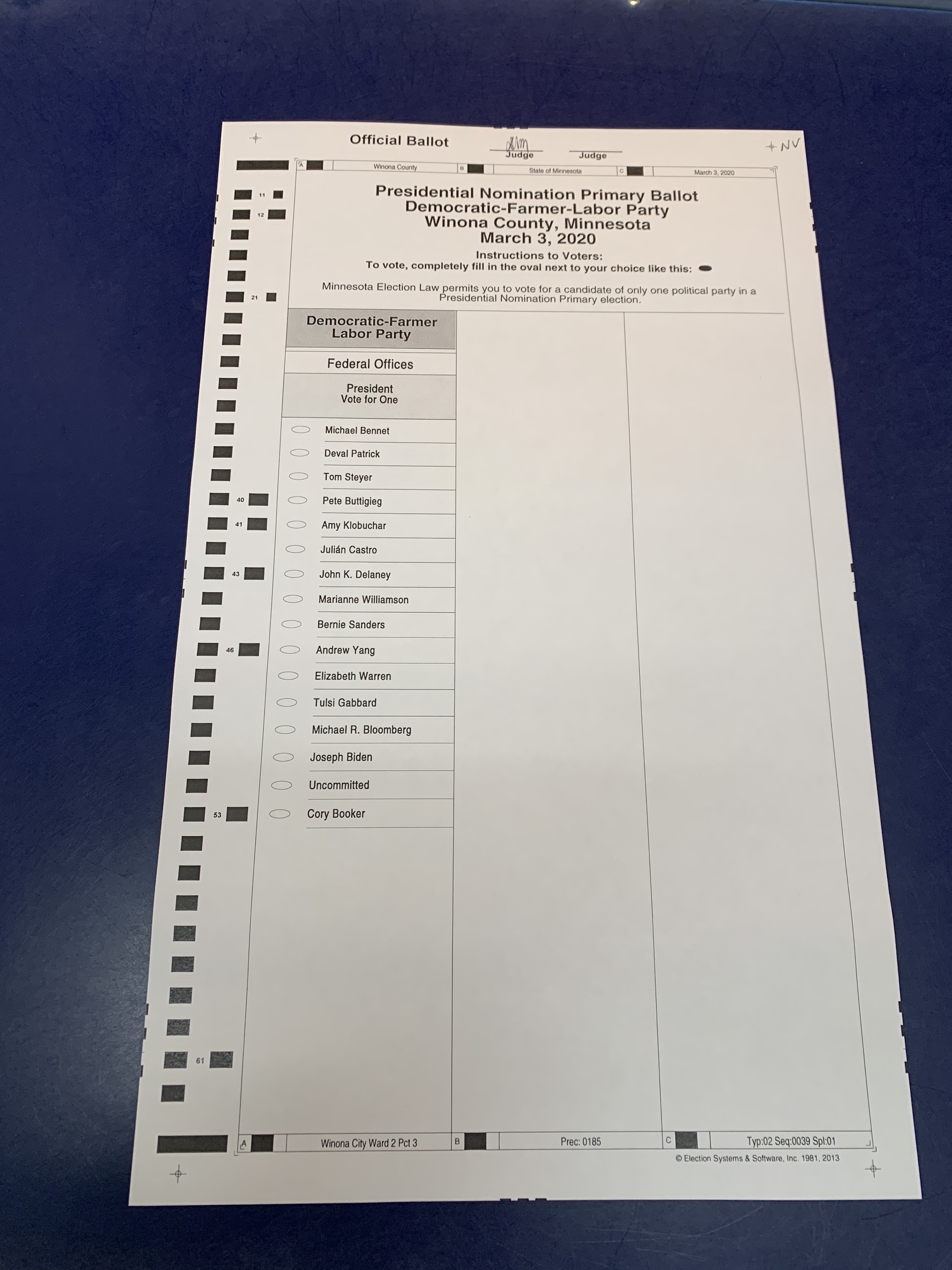Because of the potential for COVID-19 to disrupt elections this fall, mail voting is getting a lot of attention. It's not a good idea to make people choose between their safety and exercising the franchise.
I grew up in Oregon, and spent the first decade of my adult life there, but now I have spent more of my adult life living outside Oregon than within it. Since moving from Oregon, I have shed many of my Oregonian habits: I have become used to pumping my own gas. I have become used to paying sales tax. I haven't been to Powell's in years. I no longer consider an outdoor temperature of 35°F to be "cold", or three inches of snow "excessive". I don't feel like I'm losing money whenever I put a pop can in a recycling bin.
But I still prefer to vote early rather than at a polling place on Election Day.
In November 1998—weeks before my 18th birthday—Oregonians passed a citizen initiative which eliminated polling places and switched the state to all-mail balloting. Under this system, each Oregon voter receives a ballot in the mail weeks before Election Day, fills out the ballot out at home (or at a microbrewery, or wherever), and then returns the ballot to elections officials. To be counted, the ballot must be received by a certain time on the evening of Election Day. A voter has the option of mailing back their completed ballot (in which case, they must send it early enough to arrive at the elections office by Election Day, as postmarks do not count). A voter may also return their ballot to an official drop box (located at many public places, such libraries). Sometimes, campaign workers or volunteers will offer to collect and return ballots for their supporters. My preferred method was to use an official drop box.


My first election living outside Oregon was in the spring of 2010. For that election, I was living overseas and hence voted absentee. (I remember mailing my absentee ballot from a British Post Office.) It wasn't until November 2010—weeks before my 30th birthday—that I first voted at a polling place on Election Day. At the time, I was living in Pennsylvania, which did not have no-excuse absentee voting at the time. Although it was not inconvenient (my polling place was located at the university where I worked at the time, and the line was not very long), I did not really enjoy having to block out time on a specific day to vote.
Before March 3 of this year, my last time voting at a polling place on Election Day was for the 2012 General Election, a few months after my wife and I had moved to Minnesota. In that election, voters put the Minnesota Democratic-Farmer-Labor (DFL) Party in control of both chambers of the Minnesota Legislature, The next year, the DFL-controlled legislature passed a law bringing no-excuse absentee voting to Minnesota, which was subsequently signed by then-Gov. Mark Dayton, also a DFLer.
This law brought the kind of voting I was used to—and prefer—to the state I have made my home. For every election between the 2012 General Election and this year's presidential primary, I have voted early in every election. Sometimes I request a ballot to be mailed to my house, but more often I just go to my county auditor-treasurer's office and vote early in person. (I have signed up for a mail ballot this year.)
(It should be noted that some rural precincts in Minnesota conduct their elections like Oregon, having everyone vote by mail rather than operating polling places.)

I did vote at my polling place on March 3 (which seems like years ago), in Minnesota's Super Tuesday presidential primary. The presidential race was very fluid this year, and I was worried that my preferred candidate could drop out right before Super Tuesday. (That did not happen, but my concern was not unwarrented, given that two other candidates did drop out within days of the vote.) So, I waited until Election Day to vote. As I have encouraged countless voters while door-knocking on behalf of DFL candidates, I made a voting plan, blocking out a specific time in my calendar to go to my polling place (the location of which I confirmed at mnvotes.org) and cast my ballot. And I did.
But most elections are not that fluid, and I typically know how I am going to vote weeks before Election Day. So, I vote early. (Campaigns like it when you vote early, because they know that you will turn out, and they don't have to use volunteer time and energy to contact you and remind you to vote.) It's possible that many people will be voting early for the first time this fall.